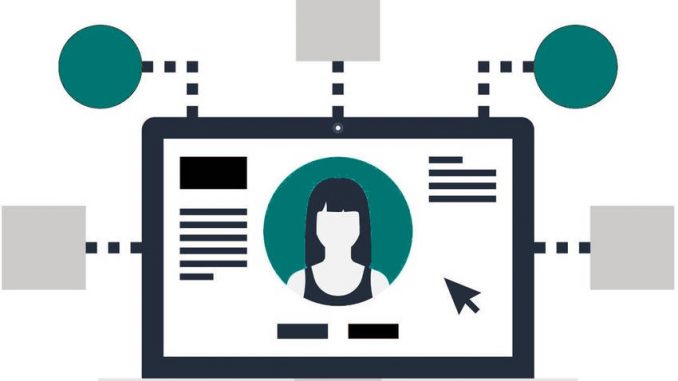
In the User-Centered Design Method for Interactive System, designers have to always involve the users in their design process. The first step is to start with learning about the users. In other words, designers should try to understand who the users are, what problems they have, and what their need is.
This article will discuss four methods to learn about users in the design process: introspection, questionnaire, observation, and interview. What are these methods? And what are the pros and cons of each?
1. Introspection:
Designers can be the users themselves. Try to put yourself in the user’s shoes, and think about how you use the system and what problems you encounter with it.
Methods:
- Set a defined and clear task. For example, if you want to design a personal scheduling app, the task can be to schedule your week with the current tool that you are using.
- Set a time limit for the task.
- Take notes while doing the task or record your thinking out loud process. Focus on how you interact with it.
- Analyze the notes or the recording by looking for what works and what doesn’t. Try to find surprise moment or ideas to make it better.
Pros: easy to do. You can do it anytime.
Cons: the insights are subjective and do not represent the truth. Designers should use this method only for inspiration and ideas generation.
2. Questionnaire:
Questionnaire is a research tool which includes a series of questions to obtain information from respondents. This method is mostly used when the goal is to acquire data from a large pool of users.

When designing a questionnaire, designers should set a goal of what they want to find out, and limit their questions according to the goal. You should ask for what is necessary and try to keep it as short and concise as possible.
You can distribute the questionnaire online (with Google Form, SurveyMonkey, or SurveyGizmo) or in paper. Paper survey could be more relevant when the respondents are not tech-savvy (for example, the elders) or people with visual impairment.
The downward of this method is that respondents can be not honest in their answer. And you can not ask follow-up questions for more insight like in an interview.
3. Observation:
Observation require the designer to listen and watch carefully what the user is doing while taking note or record the process. This method is used more in scientific research.

This method is used to obtain an objective view on how the user interacts with the system. The user is given a task or more to perform while the observer observe and record the process. The user can be asked to think out loud (to speak out their thoughts while performing the task). The observer can ask questions during the task, and try to ask correct and clear questions to avoid vague, general replies.
User observation can provide richer information of user interaction with the system than questionnaire since the user is put in the context of actually using the system.
4. Interview:
Interview is similar to questionnaire regarding the questions. However, the goal of interview is not to acquire large data, but rather to get interesting stories and in-context information. The interviewer could ask follow-up questions to probe for more insight. The disadvantage of this method is that the number of interviews one can do is limited.
Leave a Reply